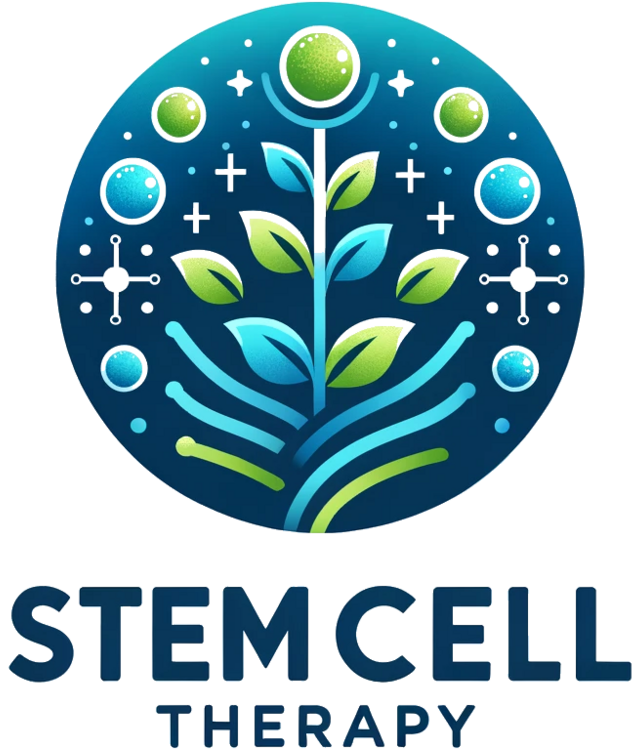An overview of the innovative and highly specialized use of stem cells in the context of HIV/AIDS treatment, which has been a subject of significant interest and research. The most notable cases related to the use of stem cell transplantation in curing HIV/AIDS are those of the “Berlin Patient” and the “London Patient,” who achieved remission from HIV after undergoing stem cell transplants for the treatment of cancer, not primarily for HIV. Here’s how stem cell therapy has been explored in this context:
Mechanism of Action
- CCR5 Delta 32 Mutation: The success in these cases largely hinges on a specific genetic mutation known as CCR5 Δ32 (delta 32). This mutation leads to the production of a CCR5 receptor on the surface of T cells that HIV cannot effectively bind to. As a result, individuals with two copies of this mutation are naturally resistant to most strains of HIV. The stem cell transplants received by these patients came from donors who had this specific mutation.
- Replacement of Immune System: The procedure involves using chemotherapy or radiation therapy to eliminate the patient’s immune cells, including those infected with HIV. The patient then receives a stem cell transplant from a donor with the CCR5 Δ32 mutation. These new stem cells repopulate the patient’s immune system with cells that are resistant to HIV, offering a functional cure.
Applications and Limitations
- High Risk and Specificity: It’s crucial to understand that stem cell transplantation is a high-risk procedure, typically reserved for patients with life-threatening diseases, such as certain cancers. The process carries significant risks, including infection, graft-versus-host disease, and the potential for mortality. Therefore, its application as a treatment for HIV is limited to unique and severe cases where the benefits outweigh these substantial risks.
- Not a Broad Cure: Given the complexity, risks, and the requirement for a donor with the specific CCR5 Δ32 mutation, this approach is not feasible as a widespread cure for HIV/AIDS. The procedure’s success in a handful of patients does not translate into a broadly applicable treatment strategy for all individuals living with HIV.
Ongoing Research
- Gene Editing: Inspired by the mechanism behind these stem cell transplant successes, researchers are exploring gene editing technologies, such as CRISPR/Cas9, to replicate the protective effects of the CCR5 Δ32 mutation in people living with HIV. The goal is to modify the patient’s own cells to make them resistant to HIV, potentially offering a less risky and more widely applicable approach to achieving remission.
- Stem Cell and Gene Therapies: There’s ongoing research into combining stem cell therapy with gene therapy to engineer stem cells that are resistant to HIV before transplanting them into patients. This approach aims to provide the benefits of a functional cure while minimizing the risks associated with finding matched donors who naturally carry the CCR5 Δ32 mutation.
Conclusion
While stem cell transplantation has shown promise in rare cases for curing HIV/AIDS, it’s important to view this approach within the context of its limitations and risks. Ongoing research into gene editing and the development of safer, more accessible treatments continues to offer hope for the future of HIV/AIDS therapy.
